Last winter I had the opportunity to watch a Long-tailed Weasel (Mustela frenata) make the transition from her white winter coat to her brown and yellow summer coat. This entire transformation took less than three weeks.
The spring moult coinsides with the beginning of embryonic development of her young. Long-tailed weasel mate in late spring to early summer, but the fertilized eggs don’t start to develop until the end of winter. The gestation period is 10 months total but actual embryonic development only occurs in the final 4 weeks. I mention this because this little girl began to cache food like it was the end of the world. She would hunt non-stop for hours. I watched her bring back over 30 rodents to the den.
- February 6th
- February 15th
- February 21th
 If you haven’t seen a Long-tailed Weasel in person, they are quite small. The females are about 12″ long including the tail and males are a bit larger at about 14″ long. Long-tailed Weasel are fearless predators that will take down not only rodents, but snakes, lizards, birds and even cottontail rabbits! I personally have only seen them with rodent prey.
If you haven’t seen a Long-tailed Weasel in person, they are quite small. The females are about 12″ long including the tail and males are a bit larger at about 14″ long. Long-tailed Weasel are fearless predators that will take down not only rodents, but snakes, lizards, birds and even cottontail rabbits! I personally have only seen them with rodent prey.
I love these ferocious little hunters and take the opportunity to photograph them whenever I get the chance.
Thanks for taking the time to look at my photos. Enjoy.
Below are 40+ Long-tailed Weasel images taken last winter. Scroll down or click an image to open the gallery. The first 28 are of the weasel in her winter coat before she began the transition. A few of these white weasel photos are of a second female I came across. The moult starts here, and the photos below it are in chronological order. The Last Five Images are of a kit weasel! I’ve also included a photo of a vole, the primary food source for Long-tailed Weasel in the area.- Getting a shot of a weasel running was tough. It’s was like trying to photograph a kestrel in flight….through the weed!
- February 6th
- February 8th: Just starting to change colors. Notice the dark markings near the nose.
- February 15th
- February 15th
- February 17th
- February 17th
- February 20th
- February 20th
- February 20th
- February 20th
- February 21th
- February 21th
- February 21th
- February 21th
- February 21th
- February 21th
- February 22th
- February 22th: moult is nearly complete, still some white in her tail.
- February 27th: Transition to her summer coat is complete.
- February 27th
- February 27th
- A very odd winter, It wasn’t until March that I had a chance at getting a shot of her in the snow.

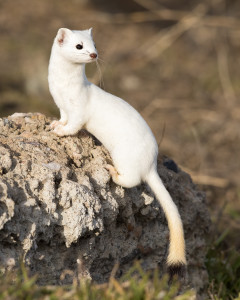
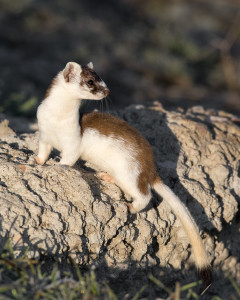
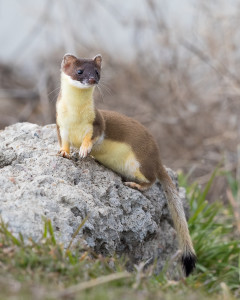
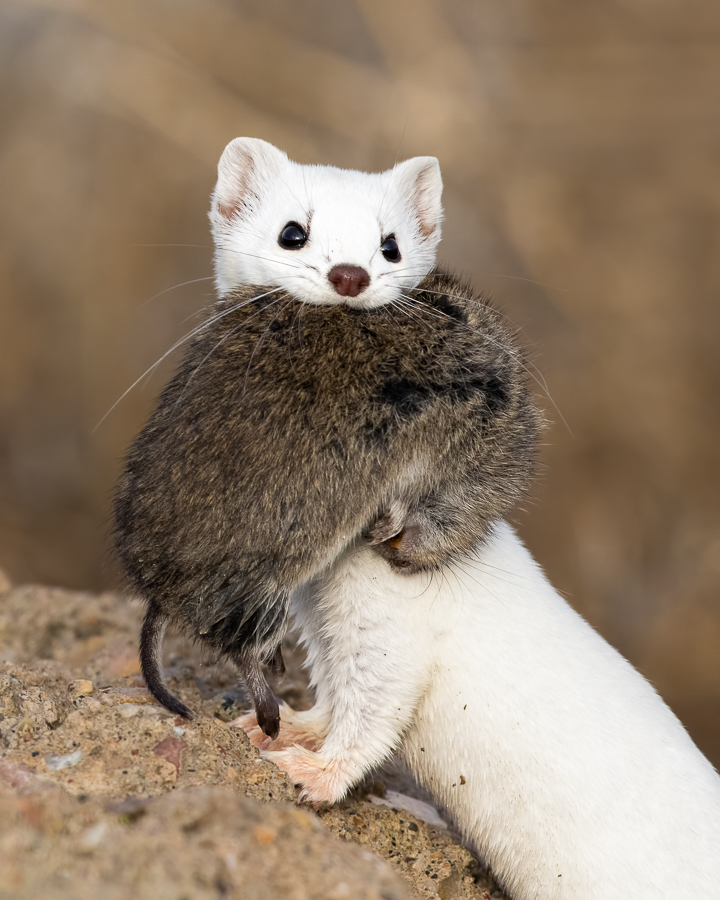
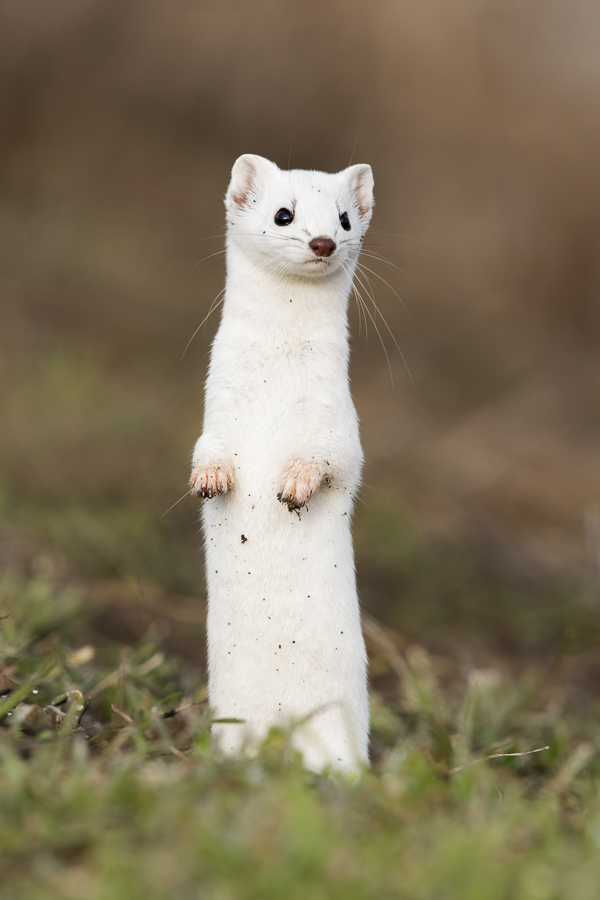
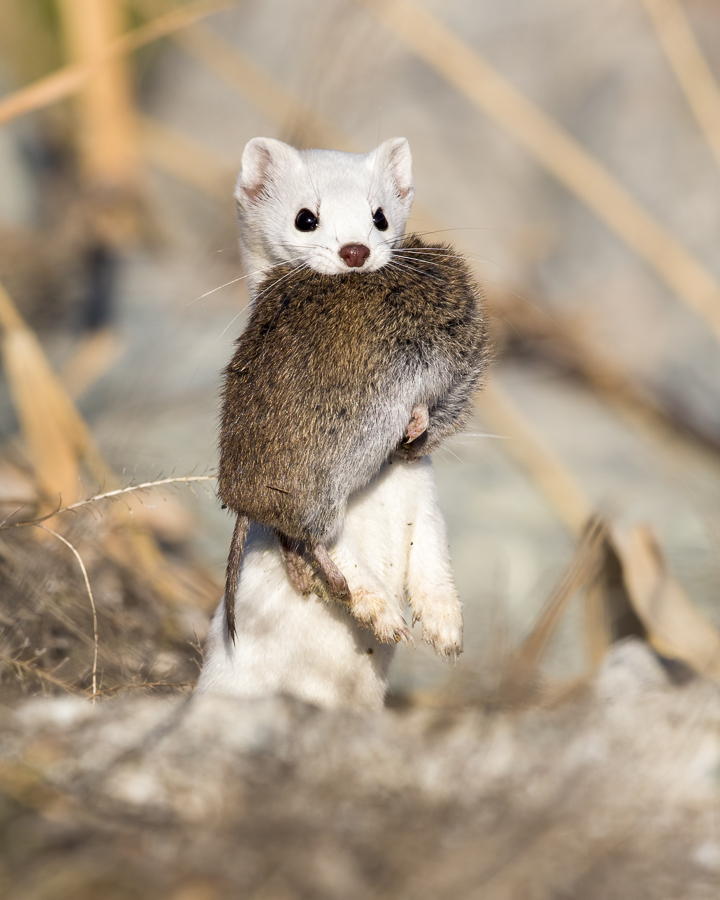
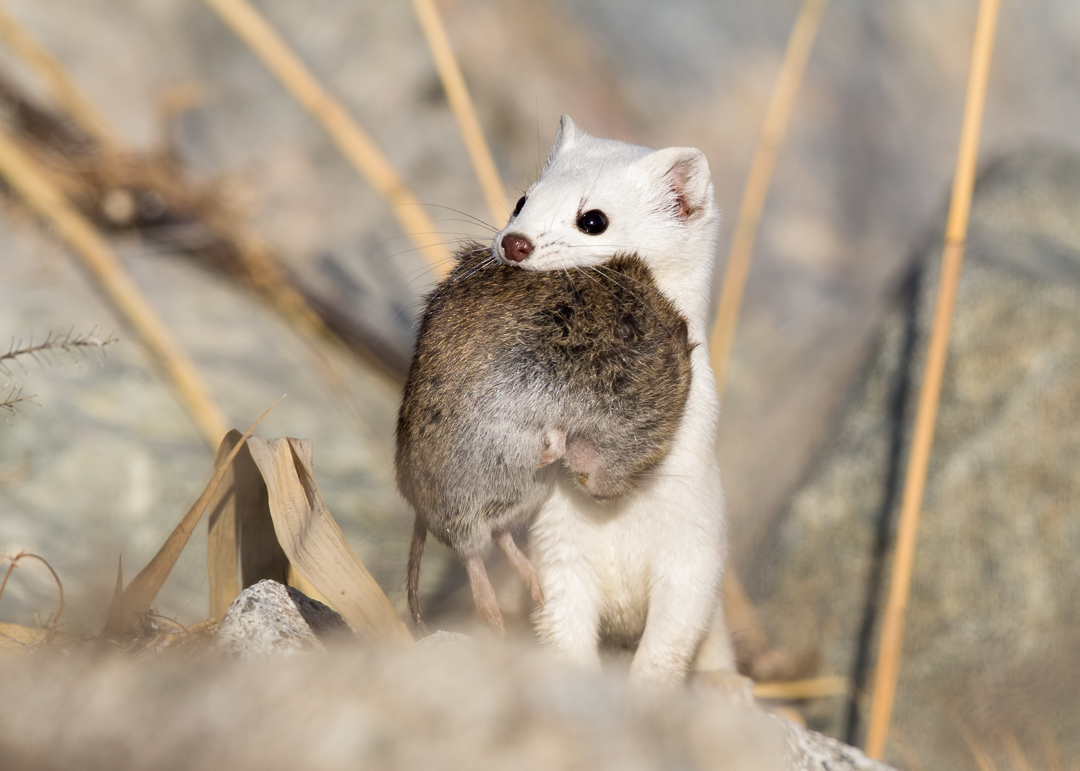
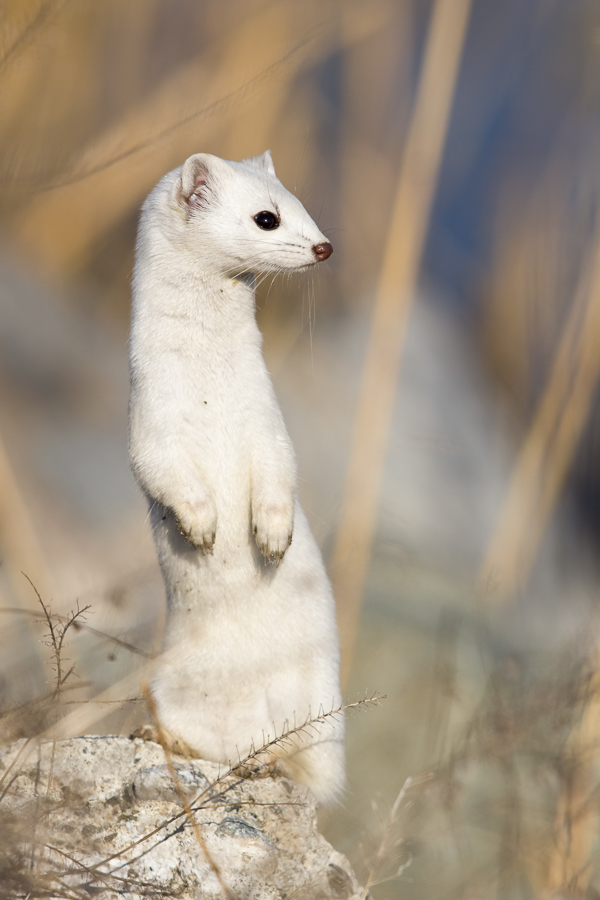
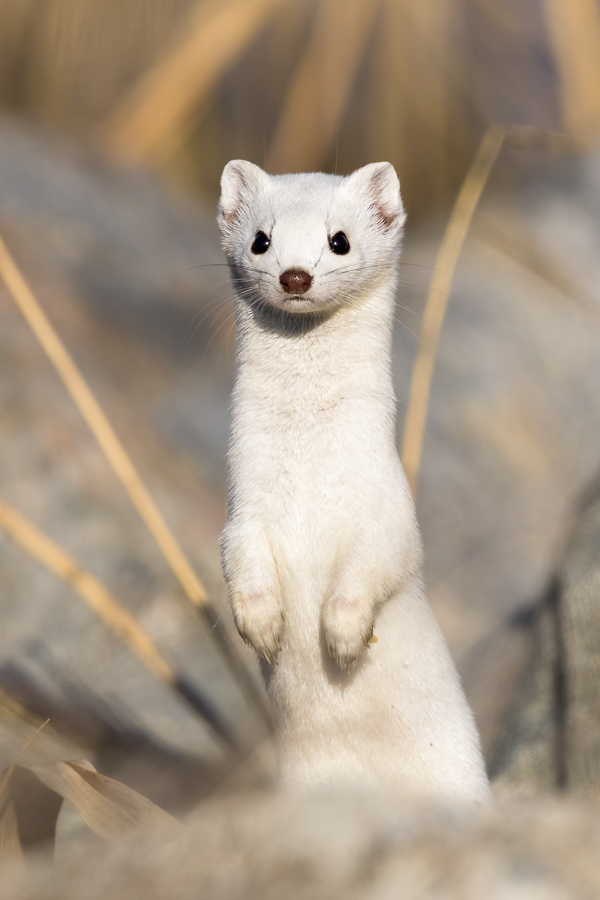
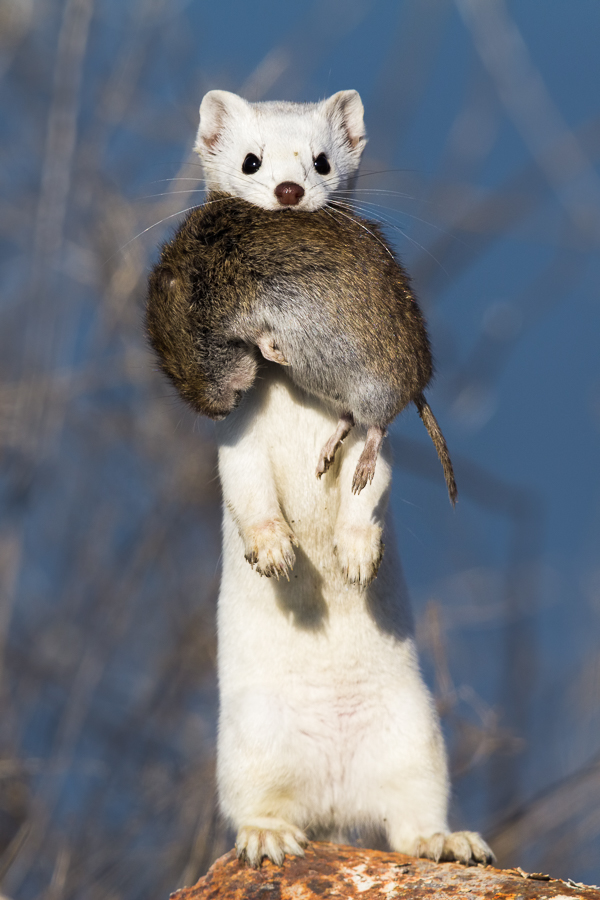
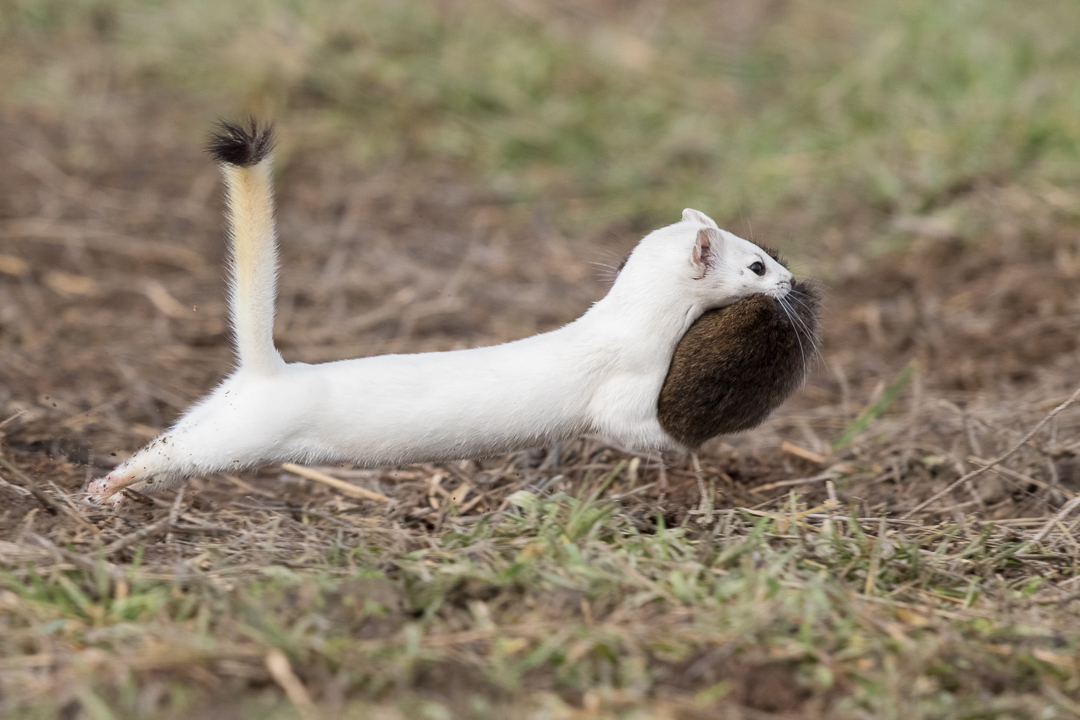
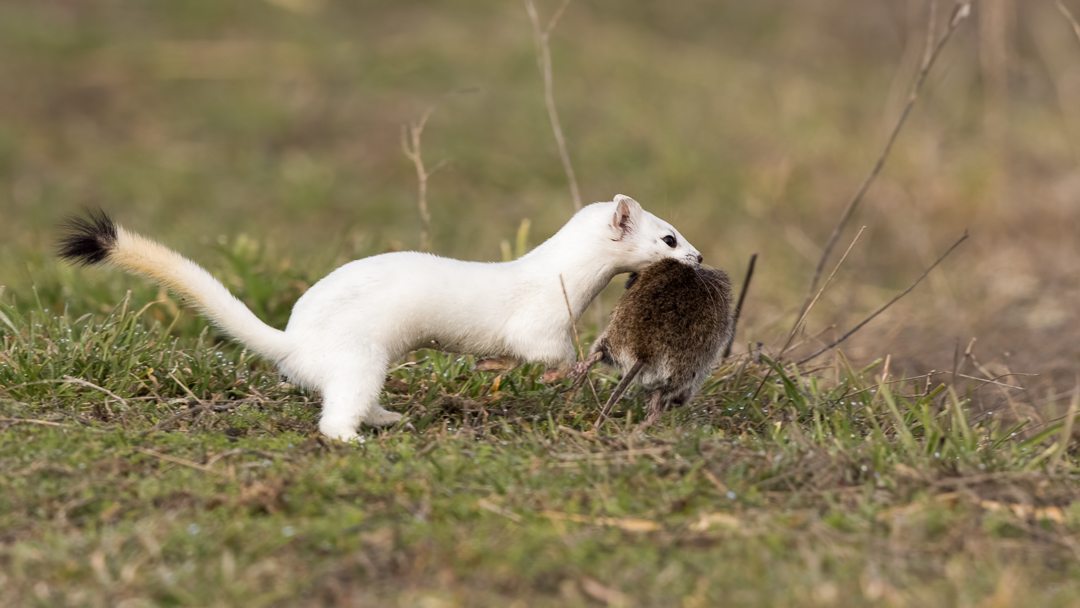
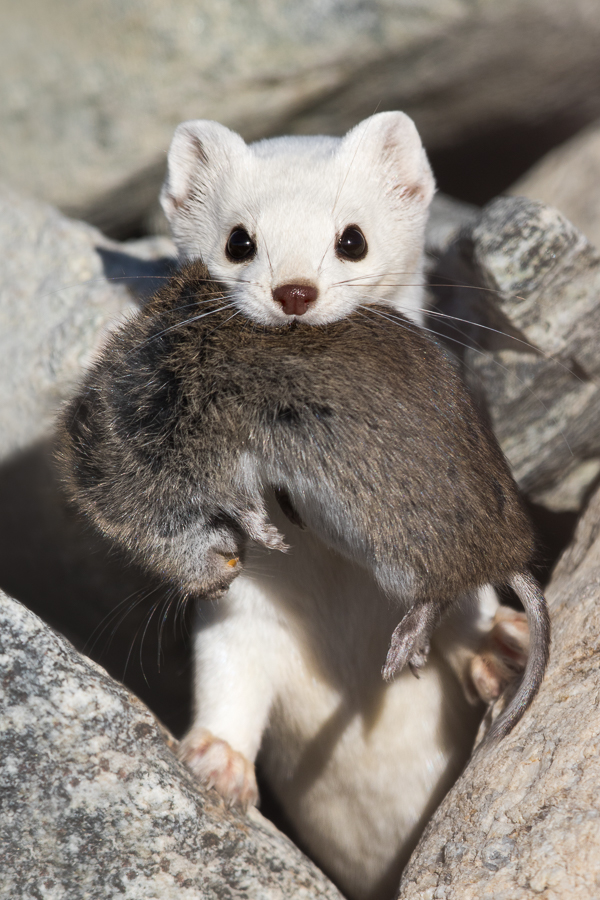
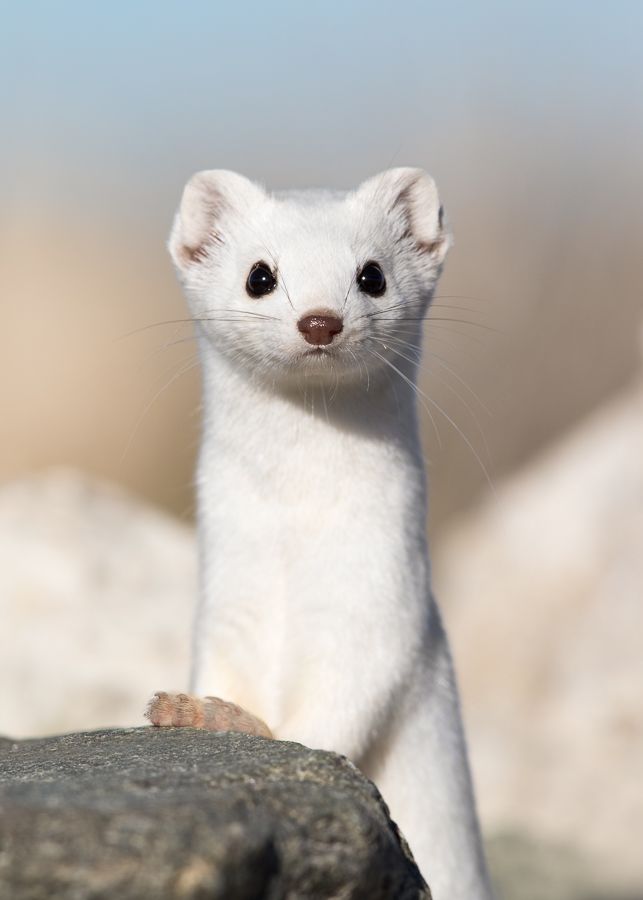
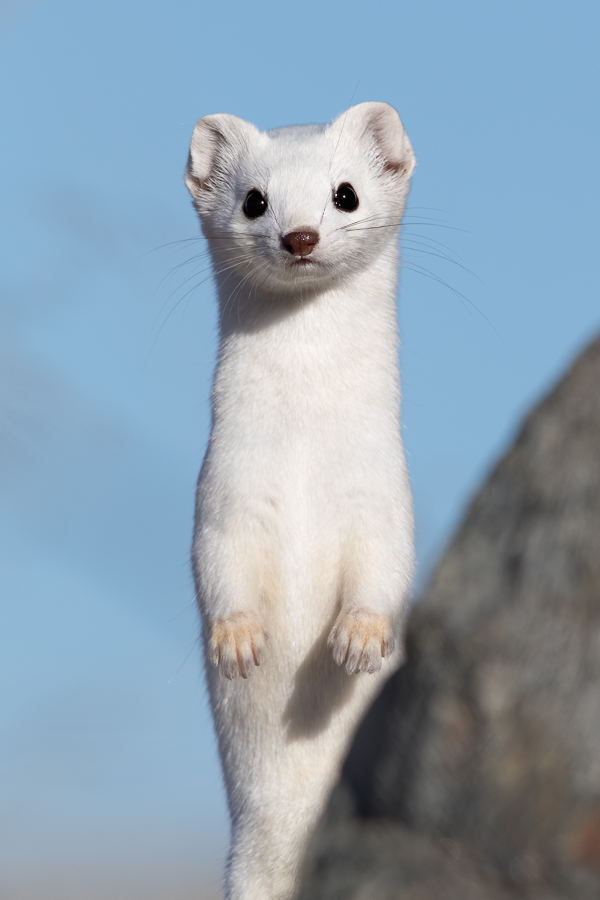
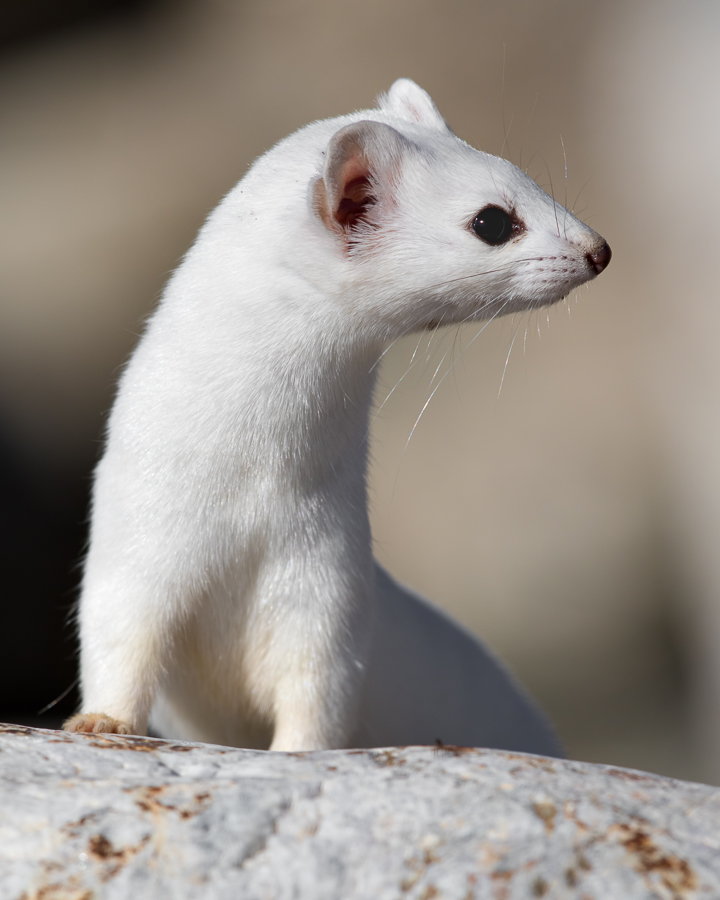
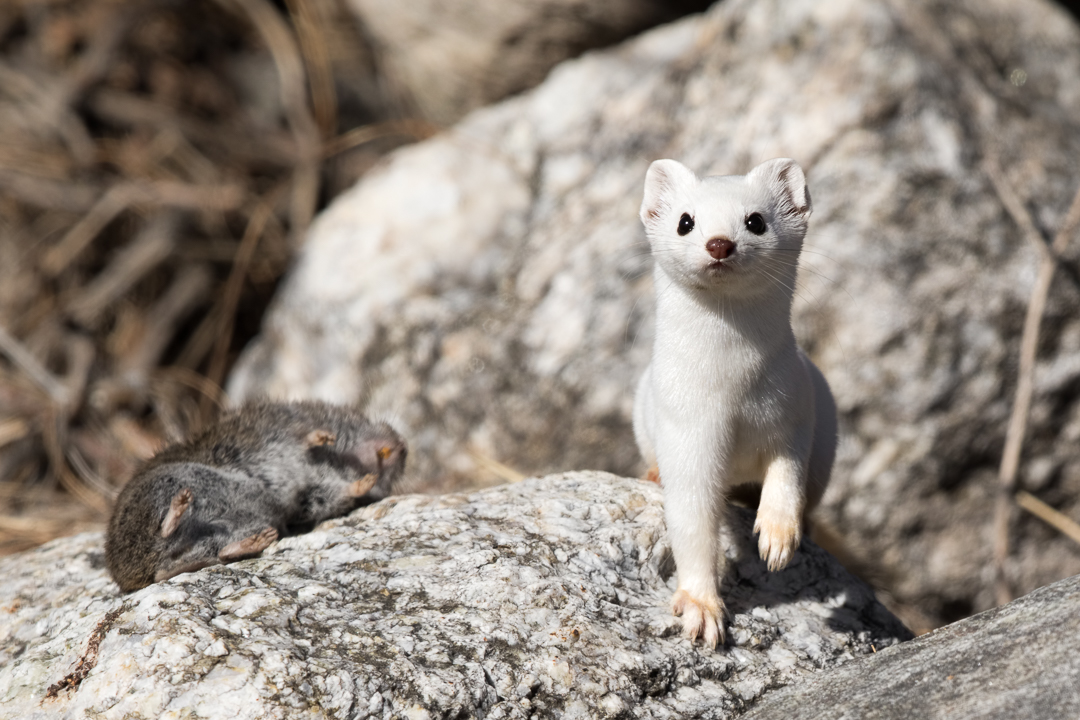
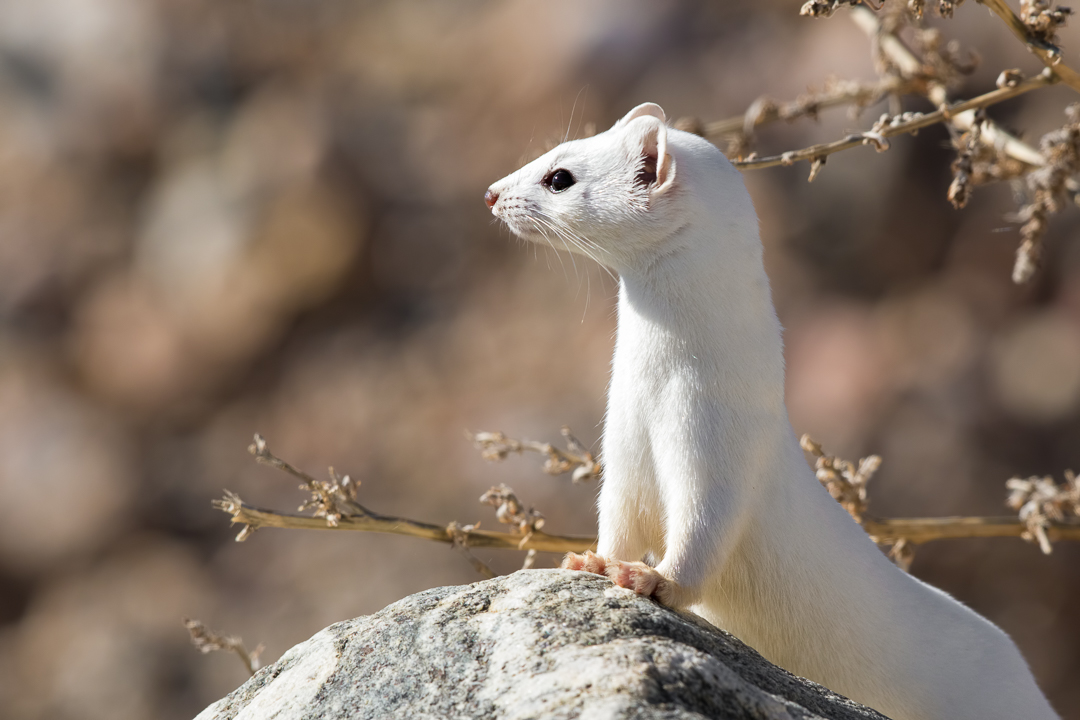
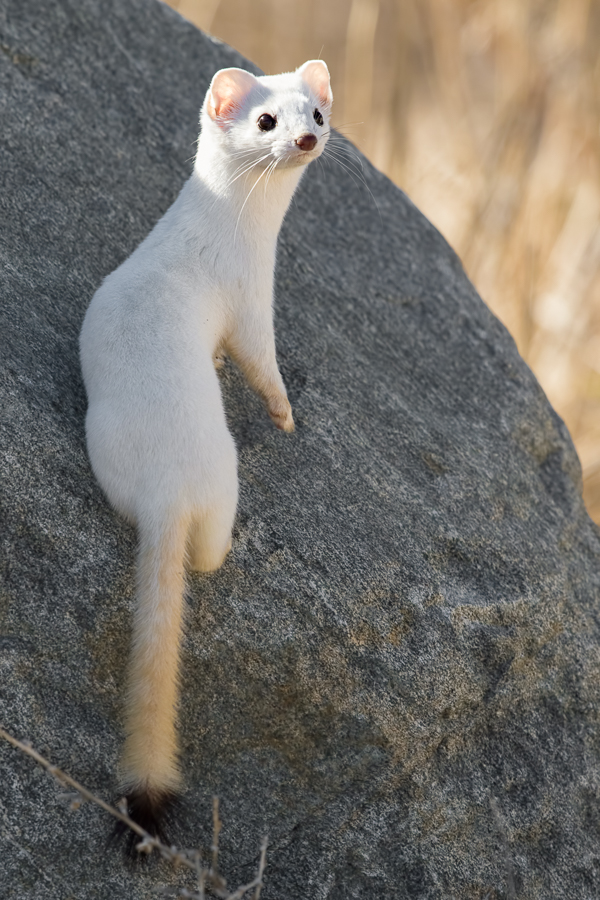
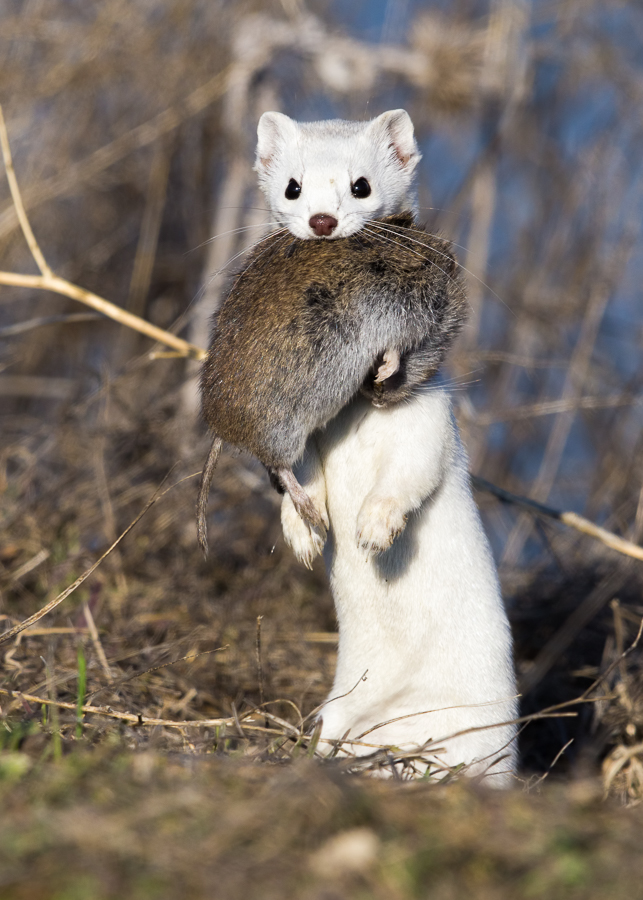
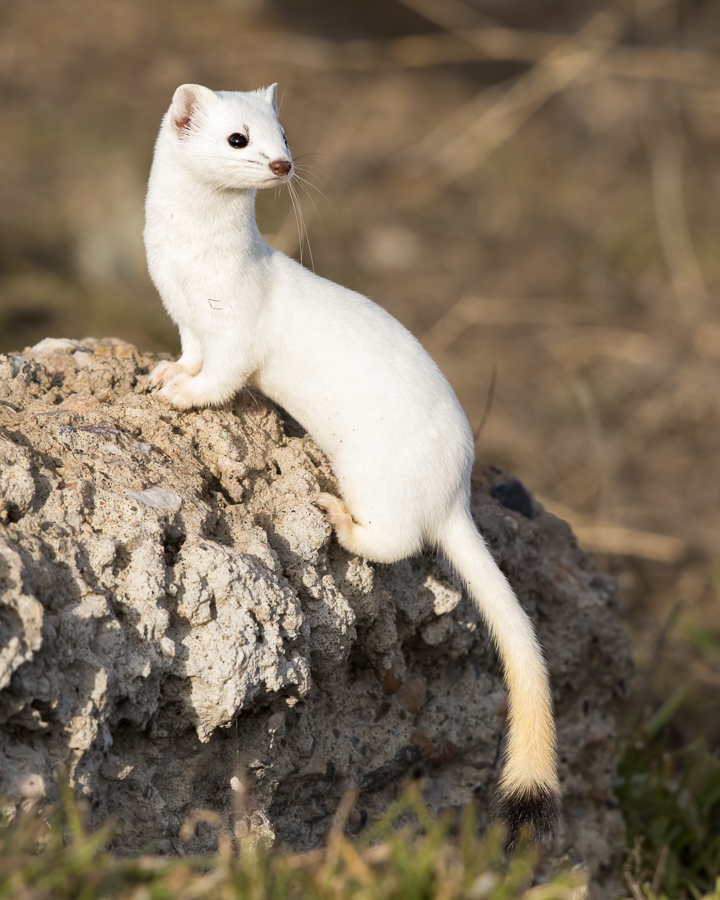
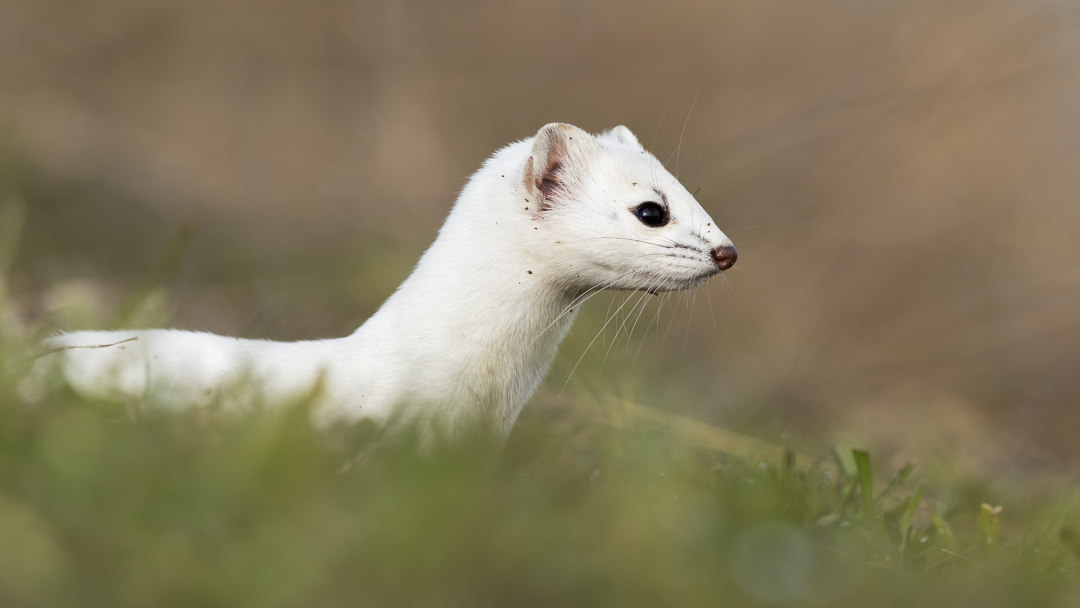
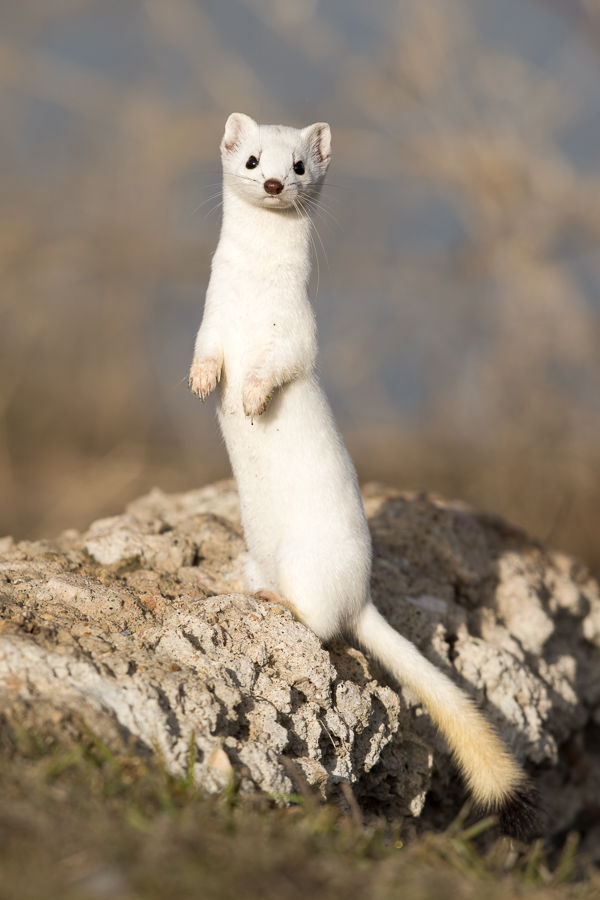
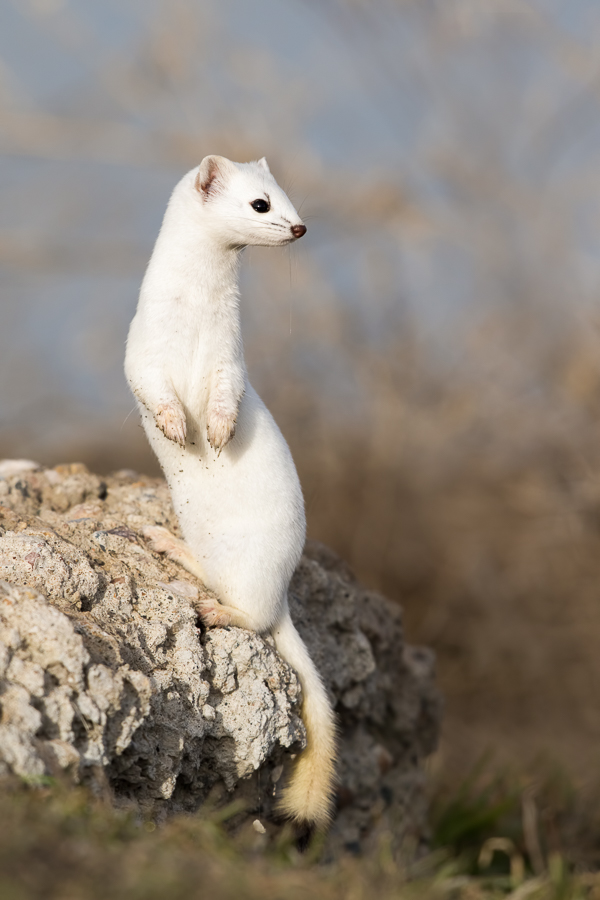
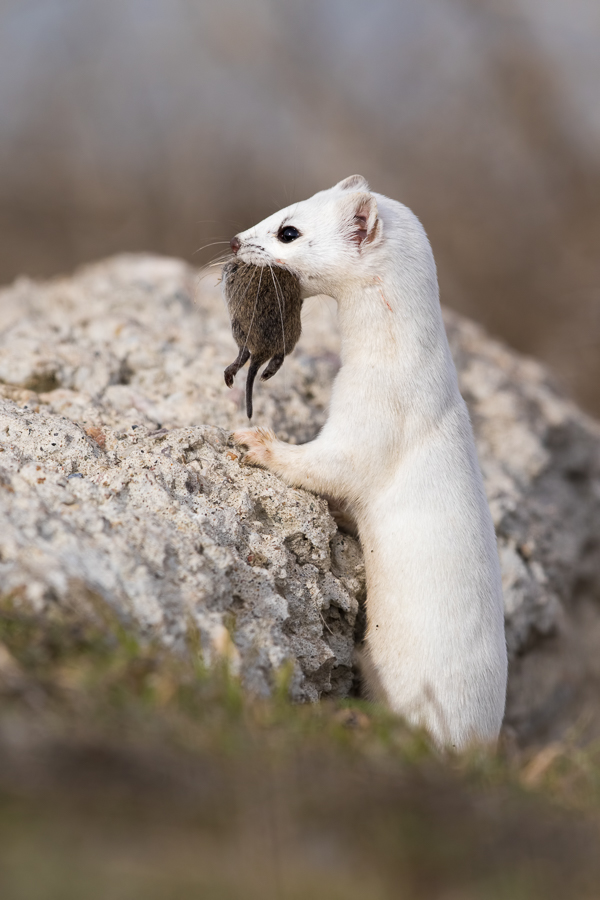
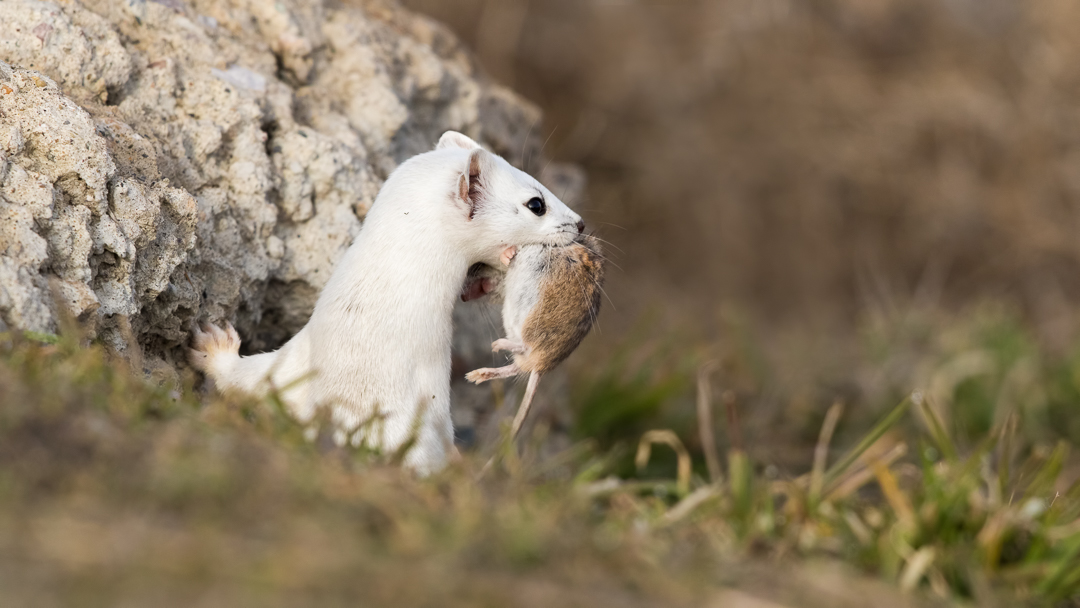
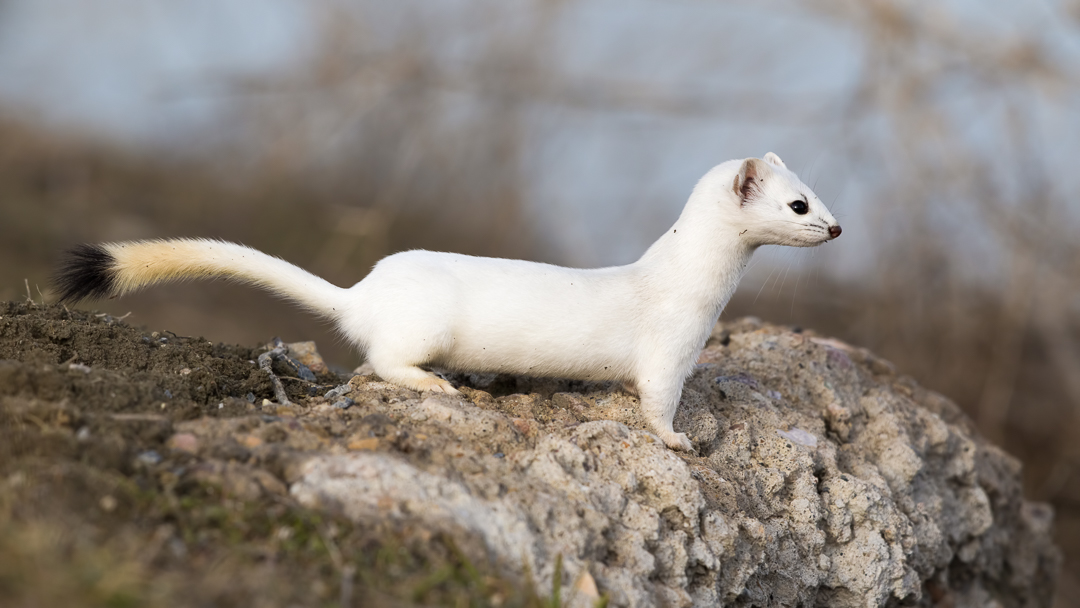
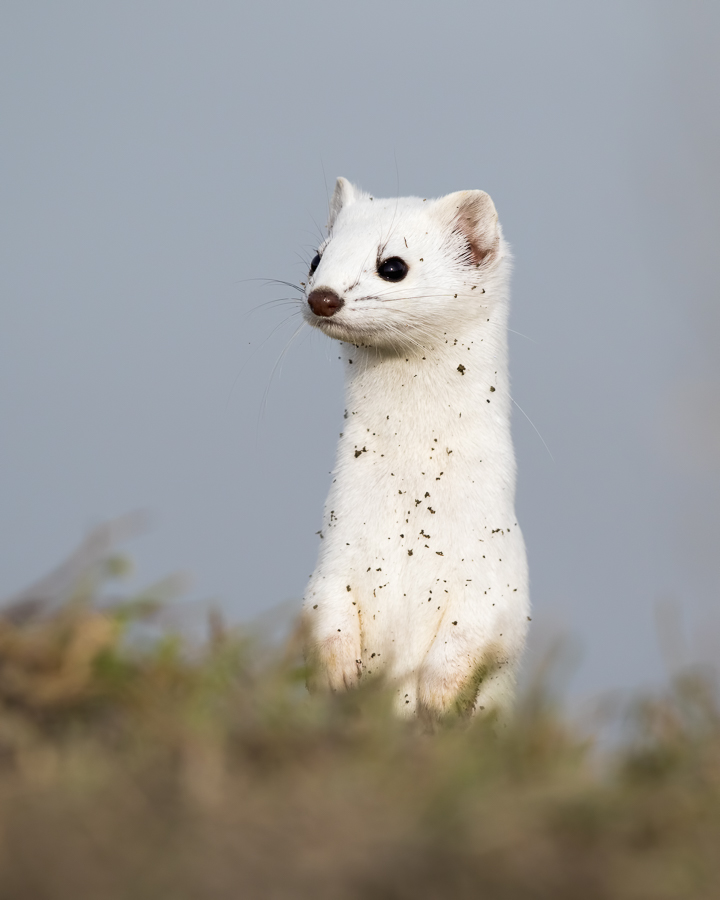
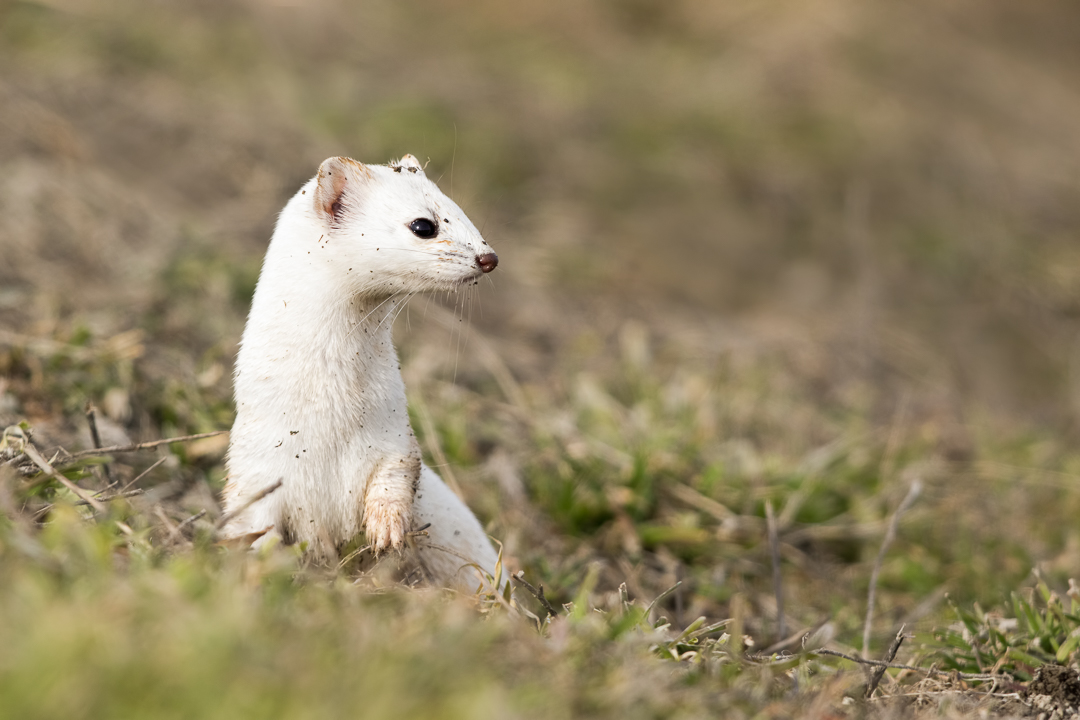
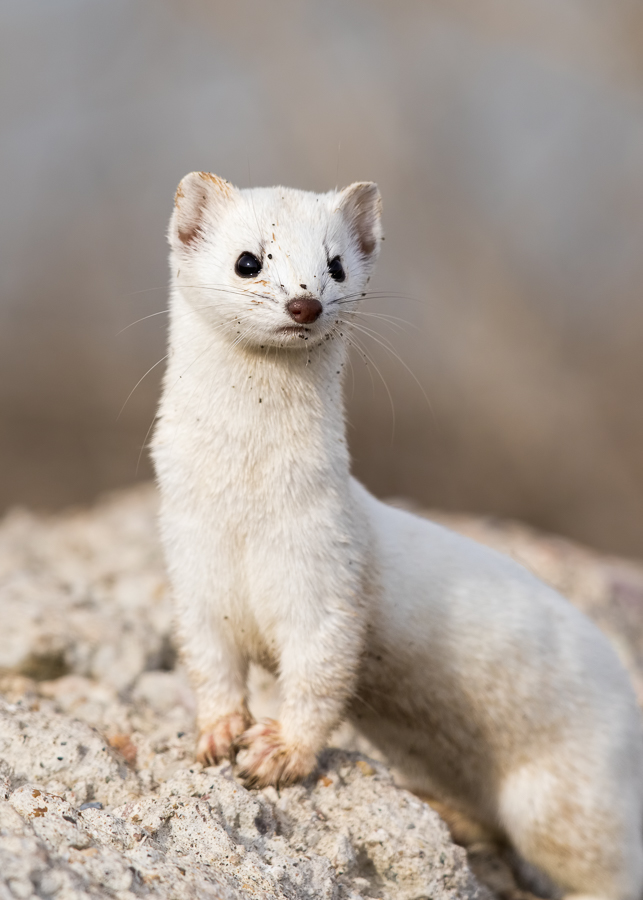
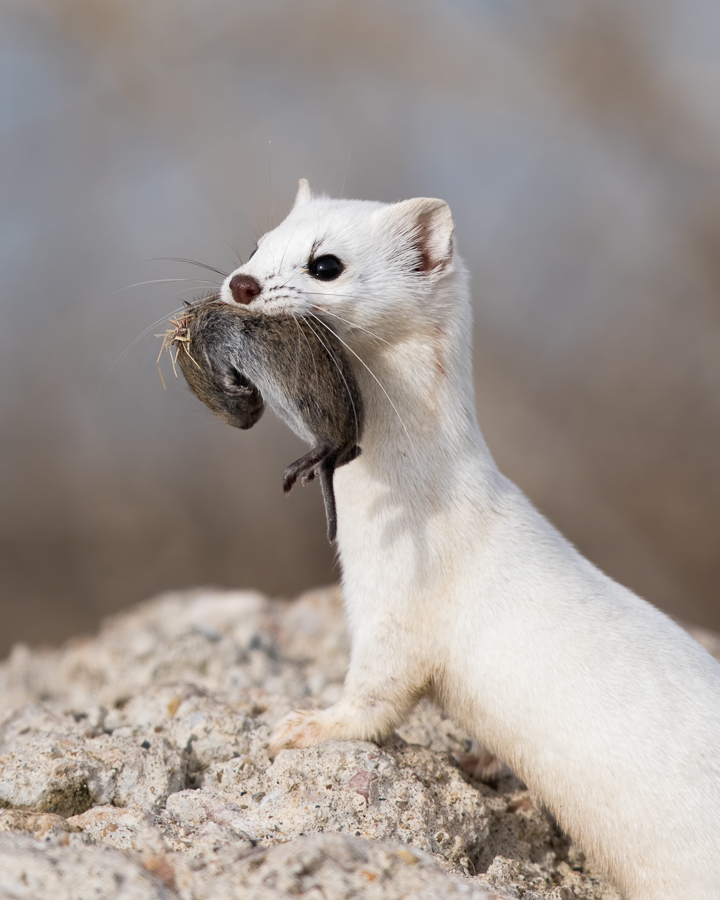
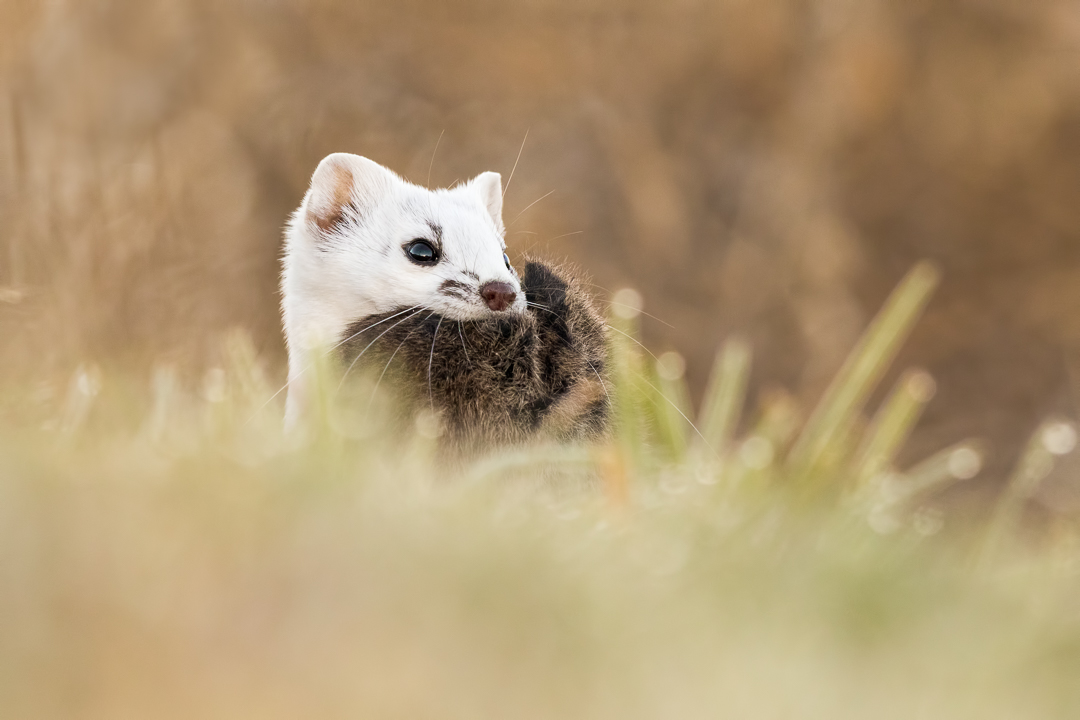
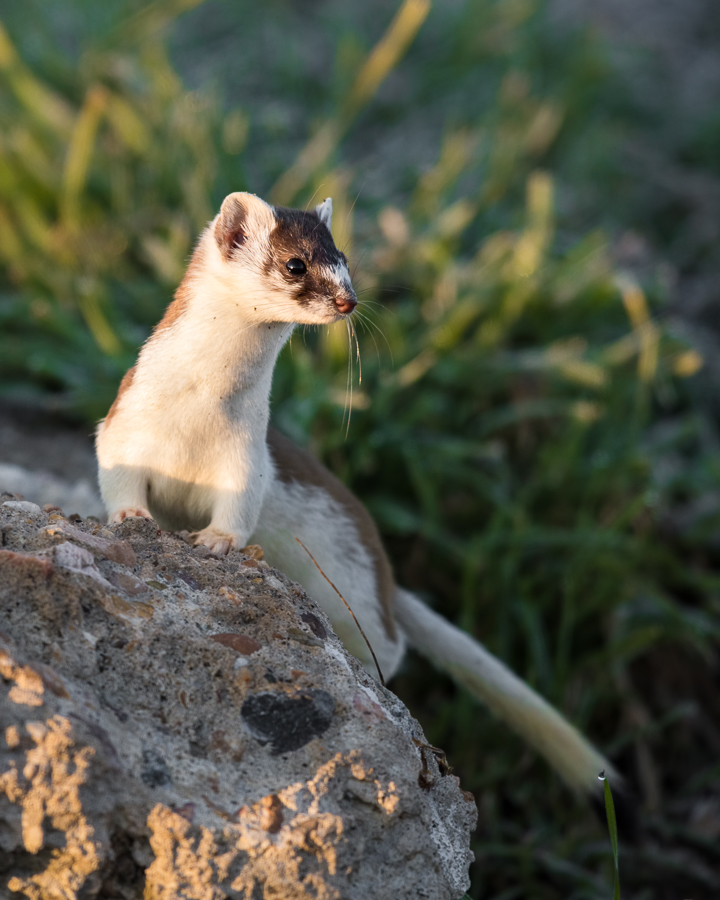
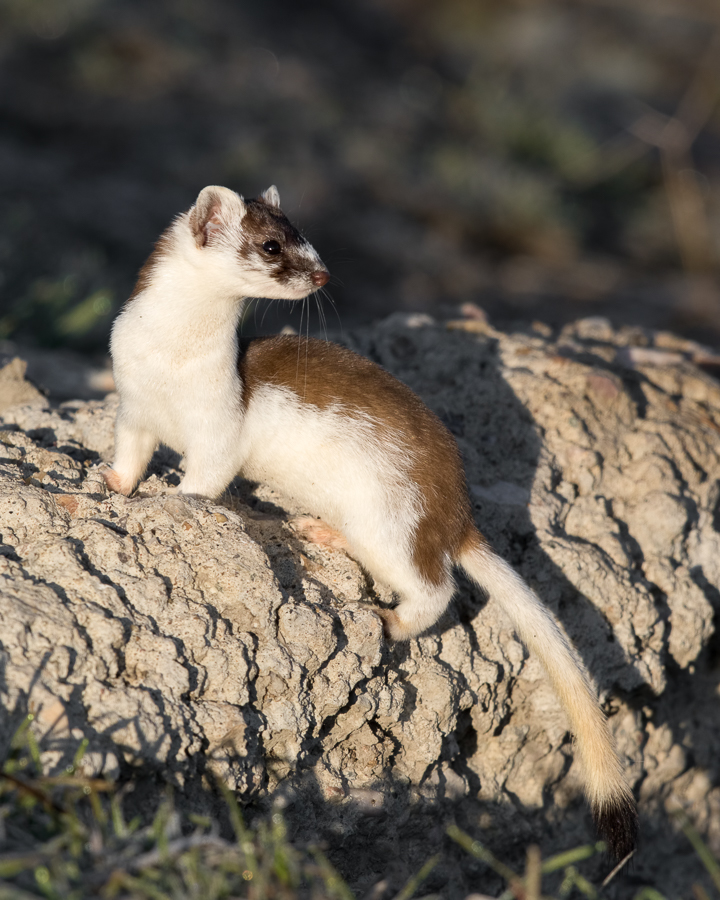
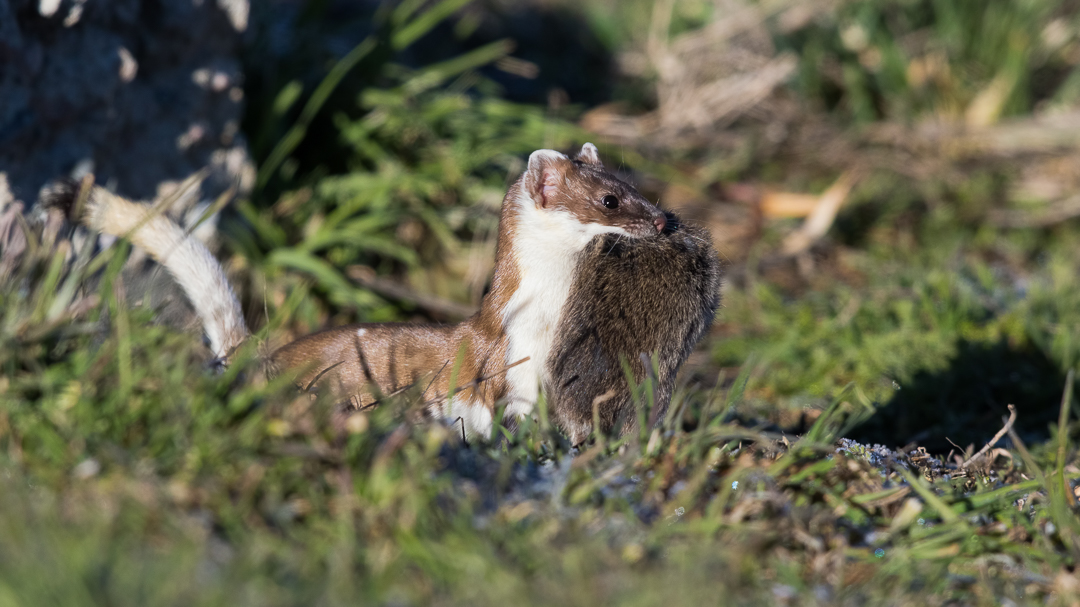
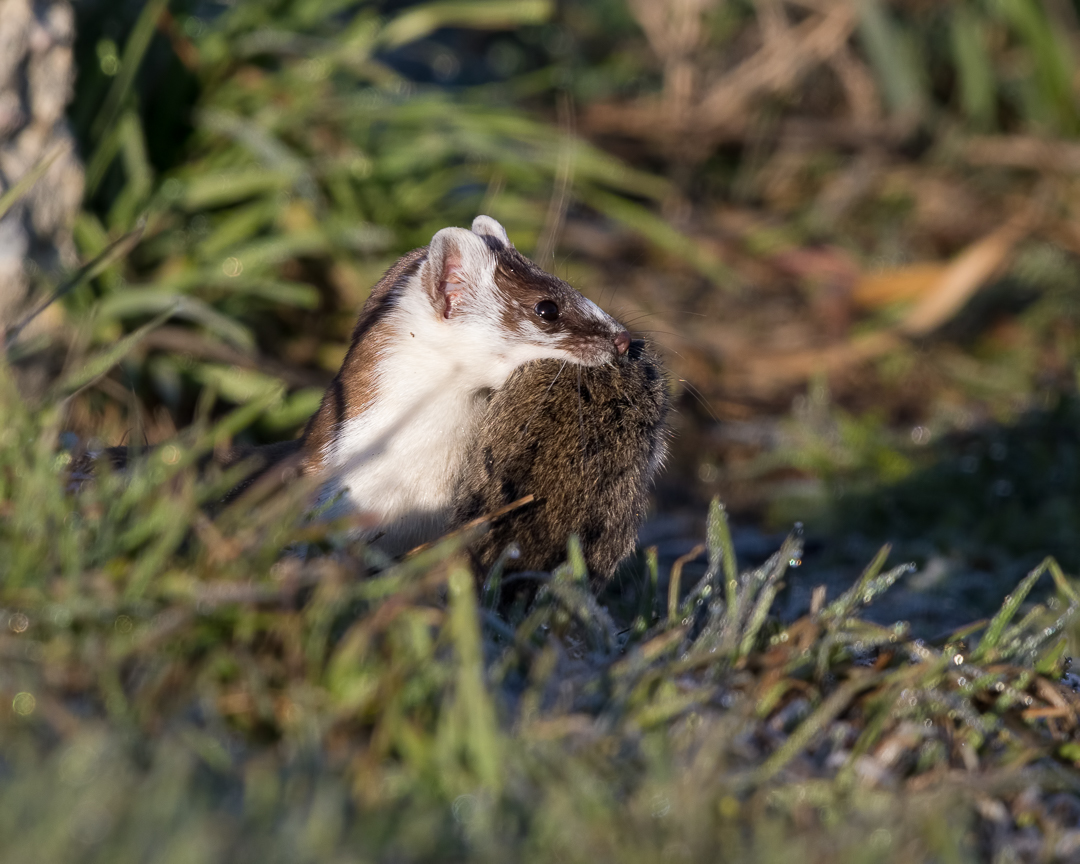
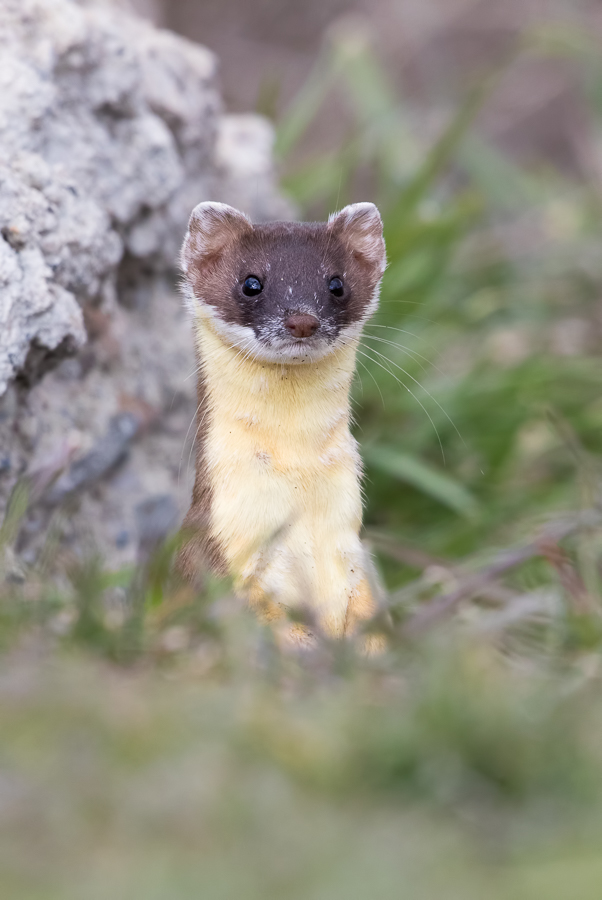
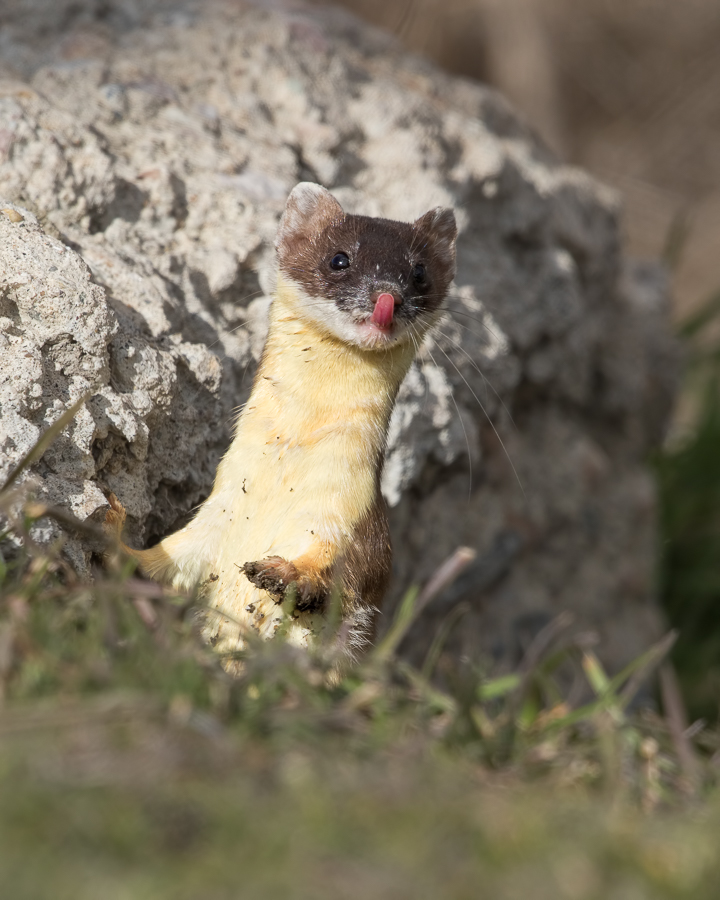
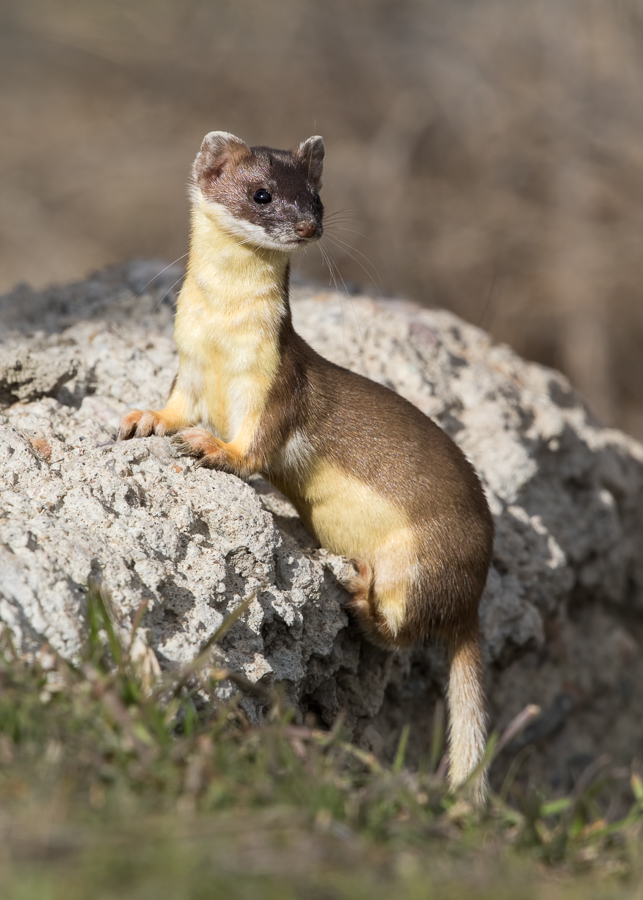
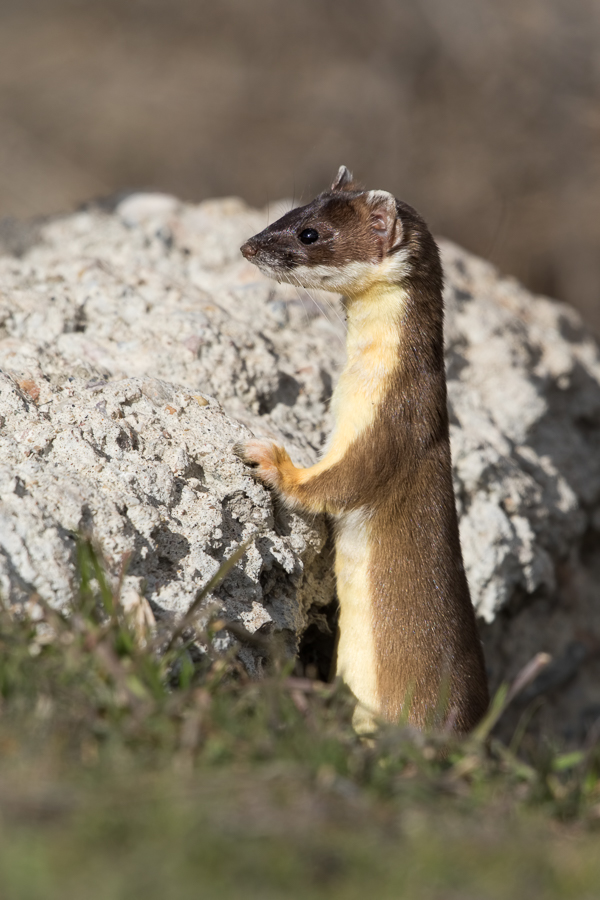
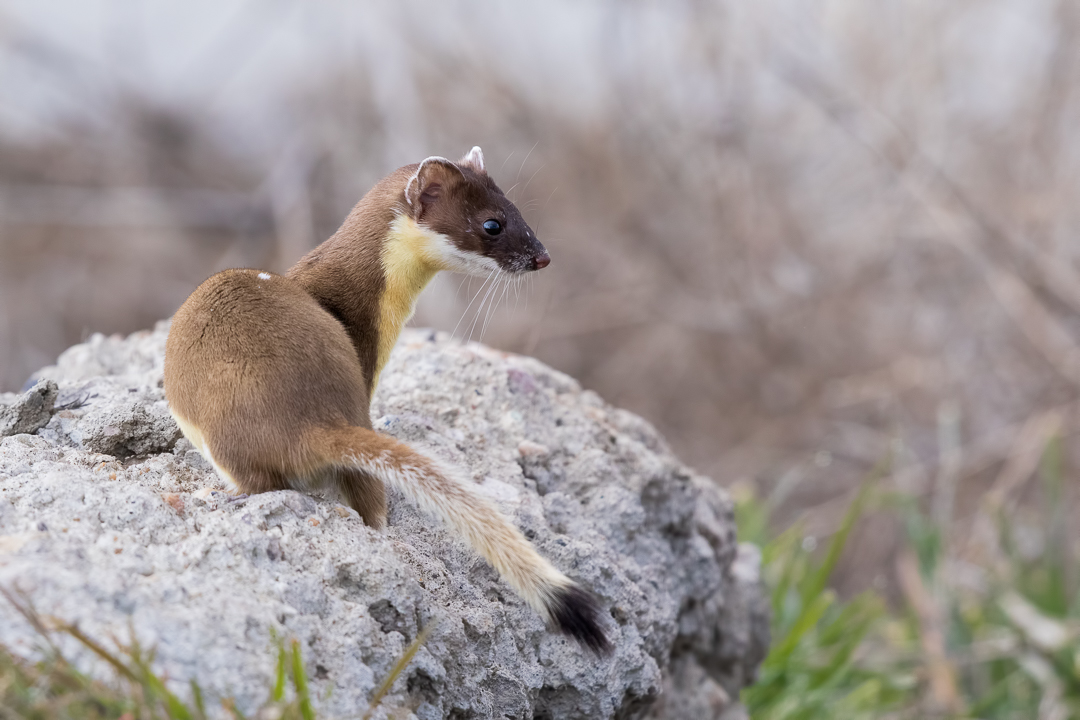
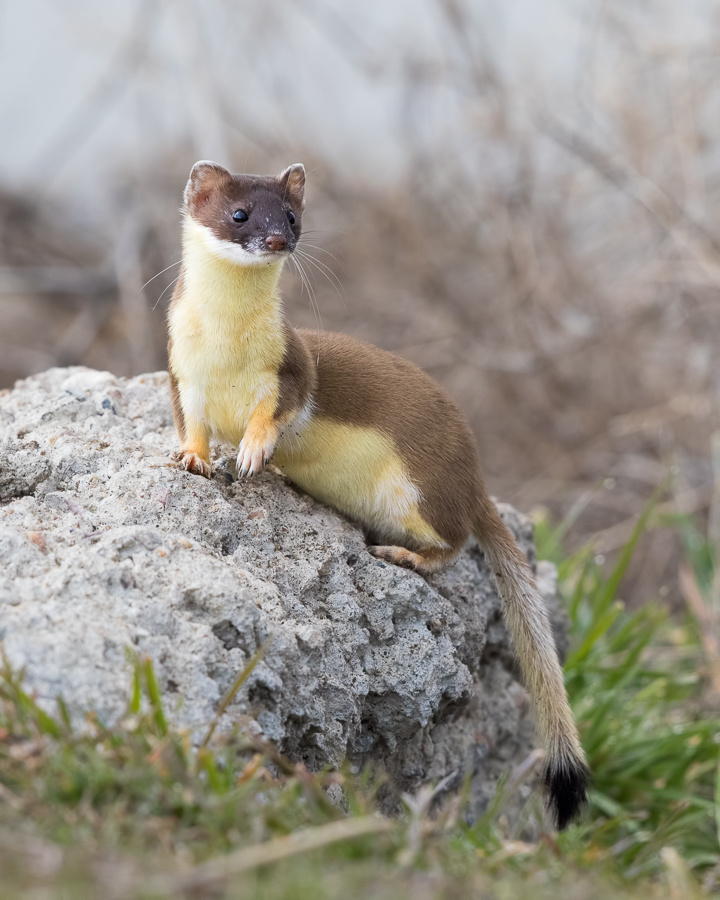
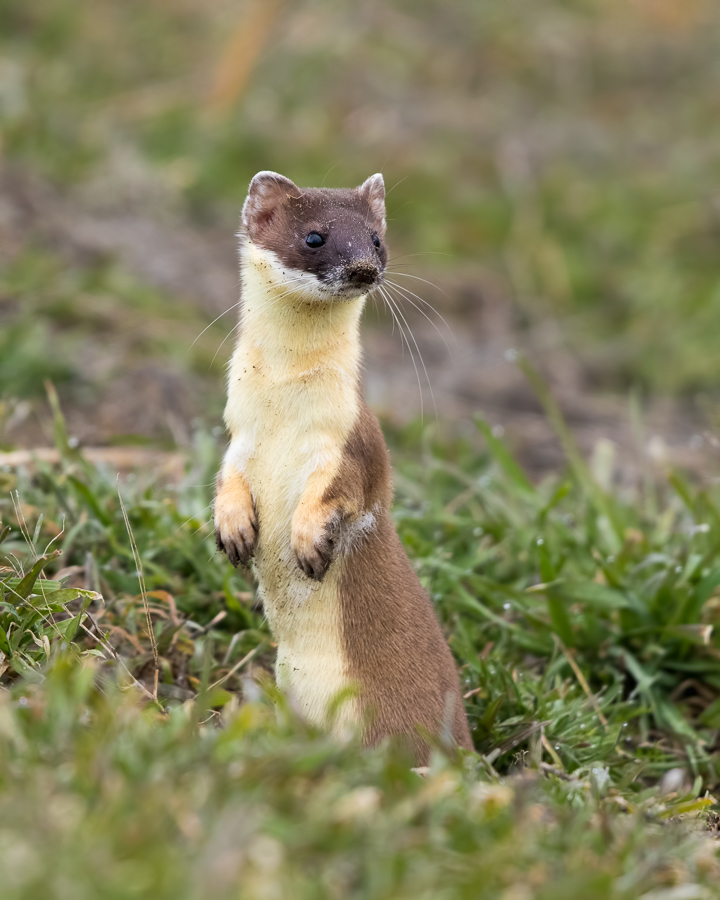
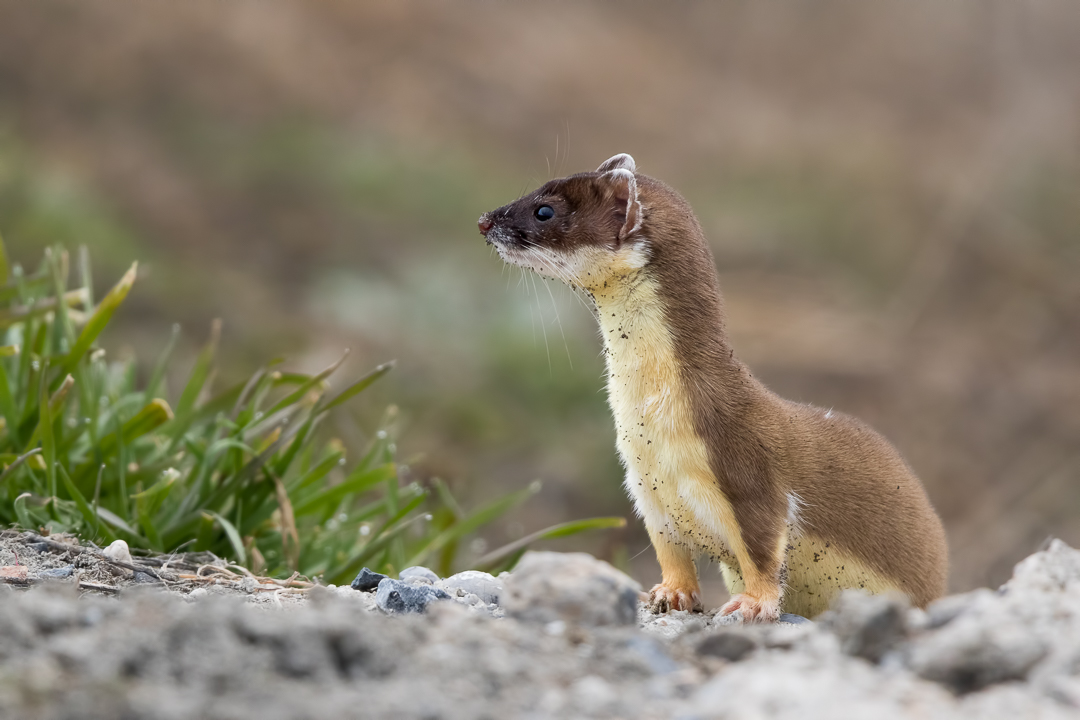
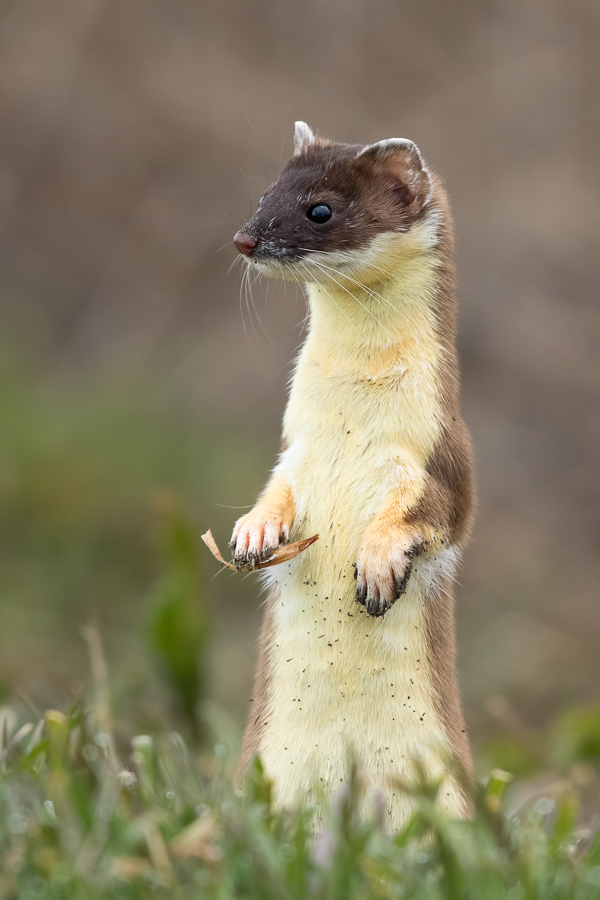
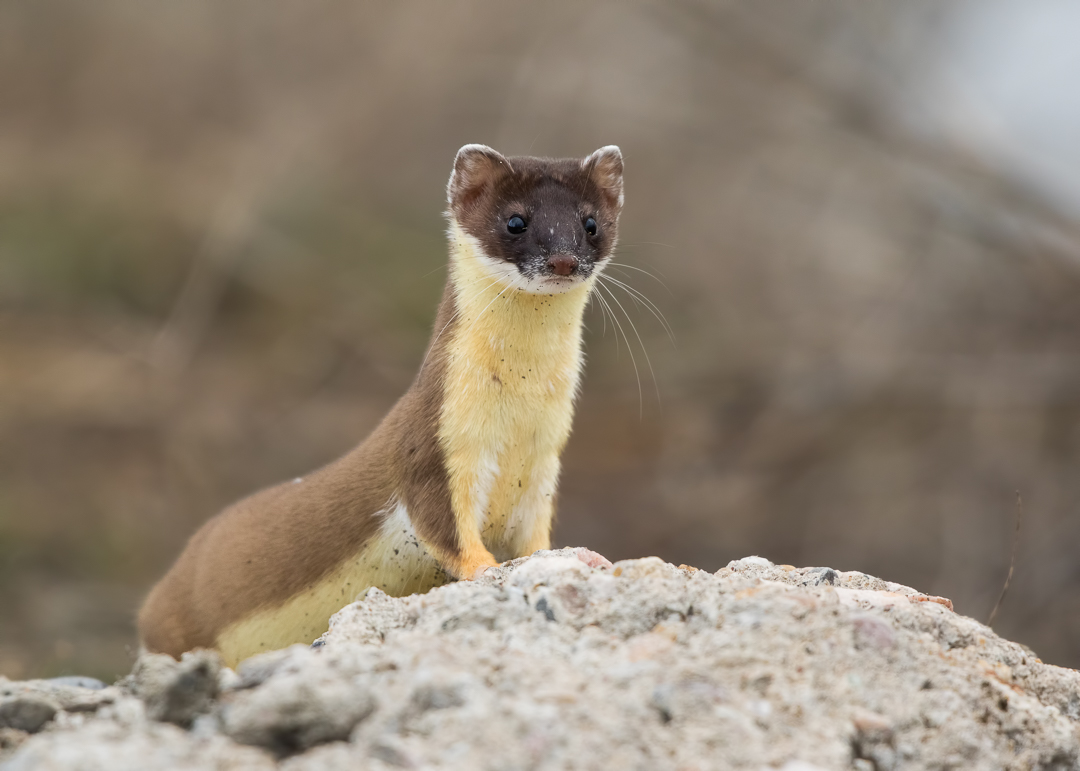
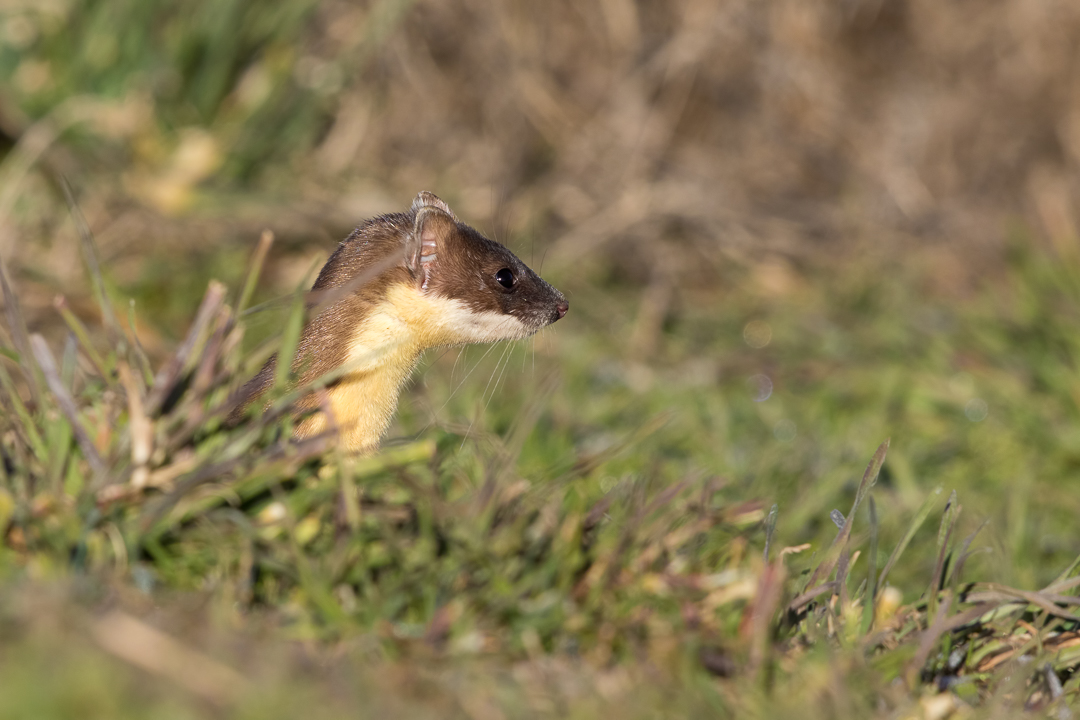
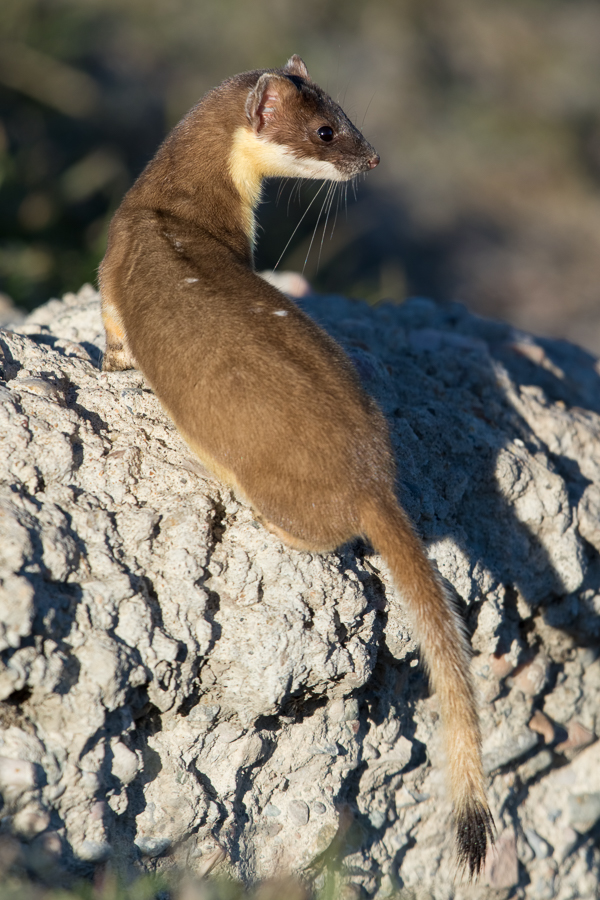
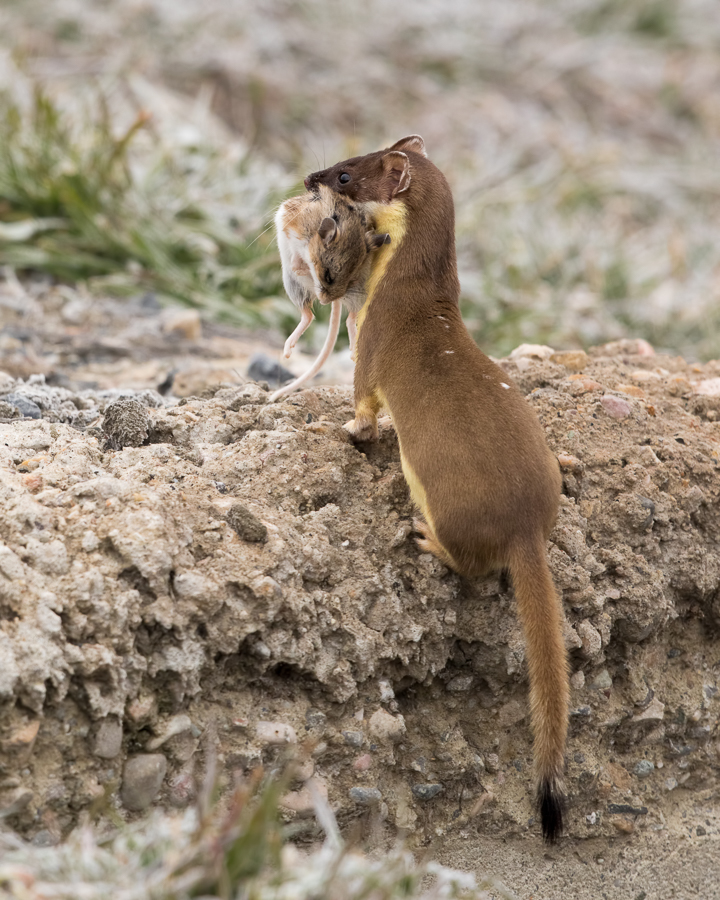
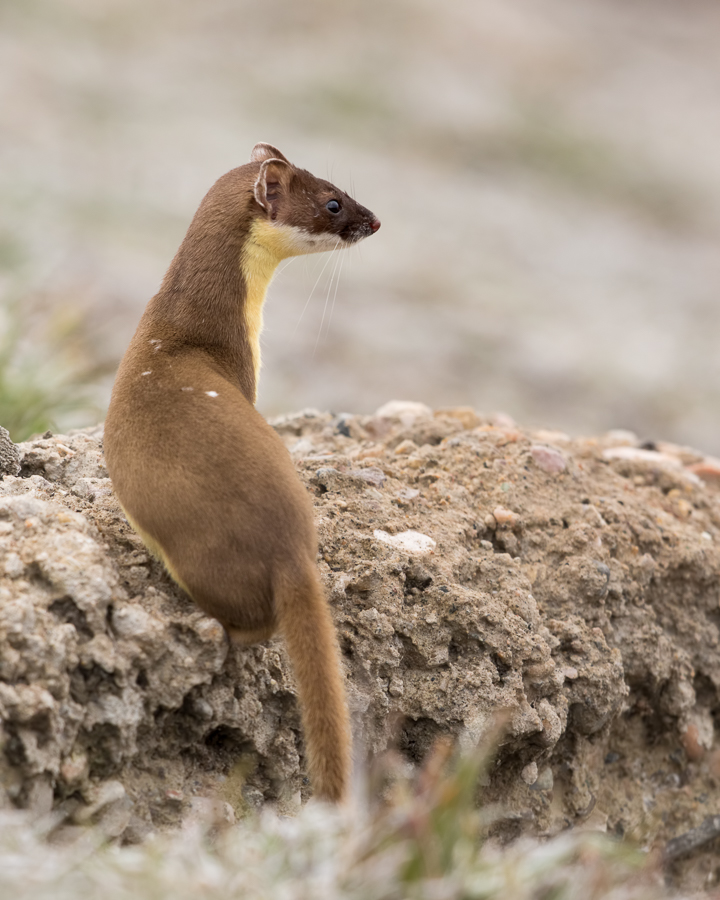
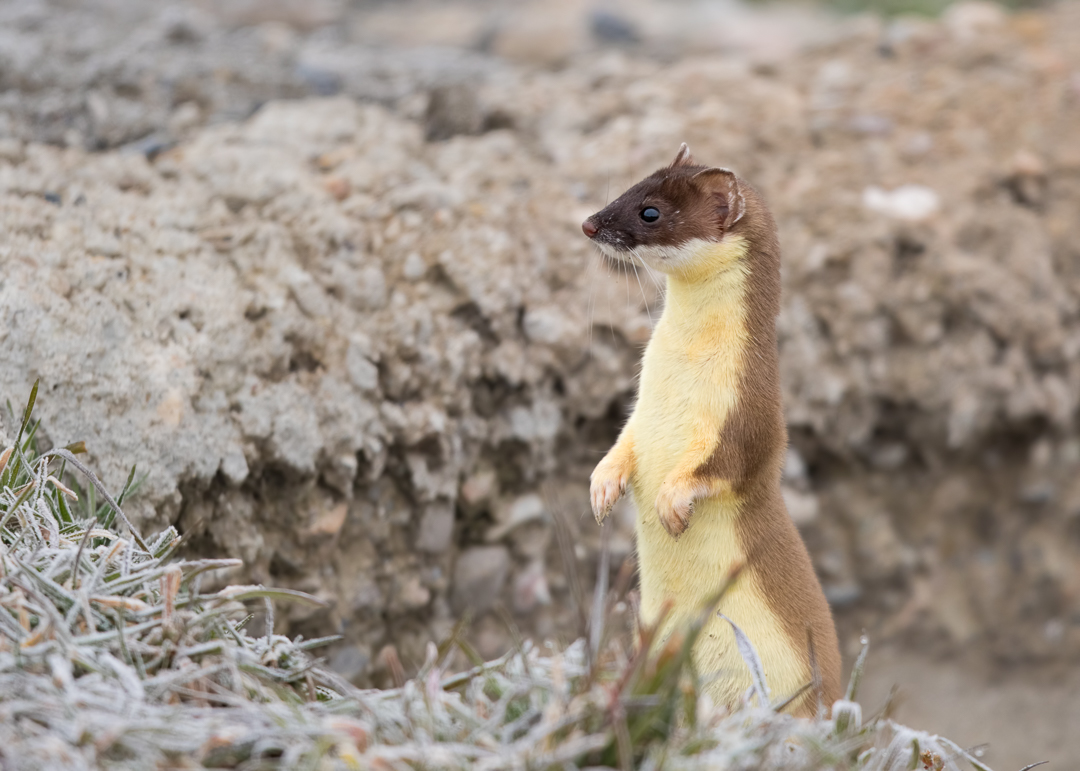
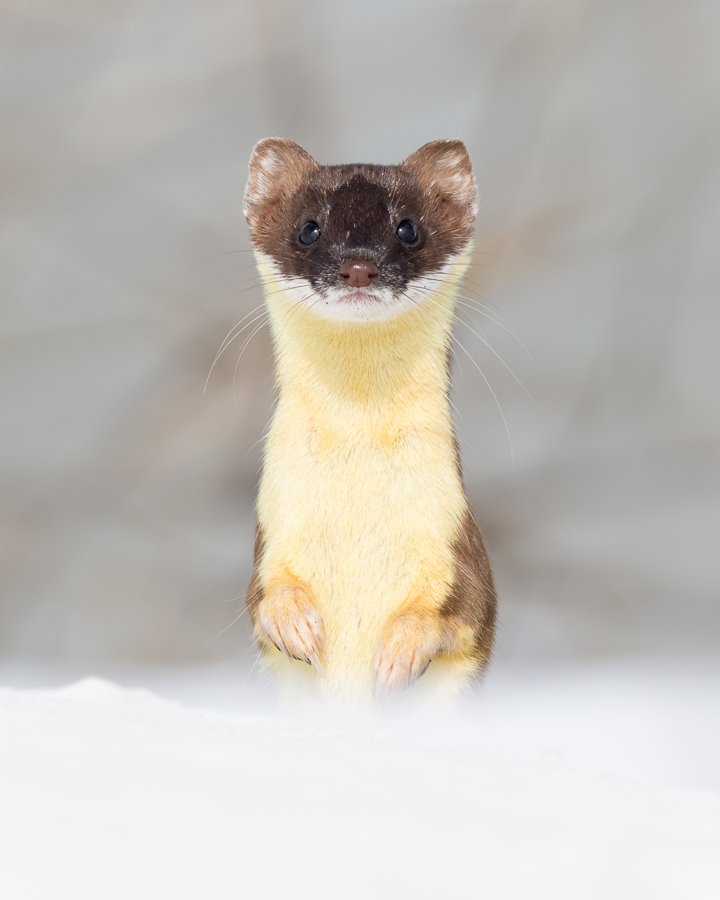
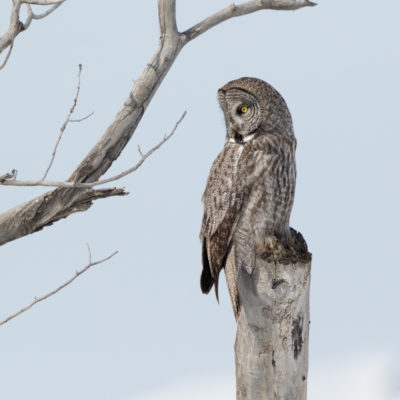
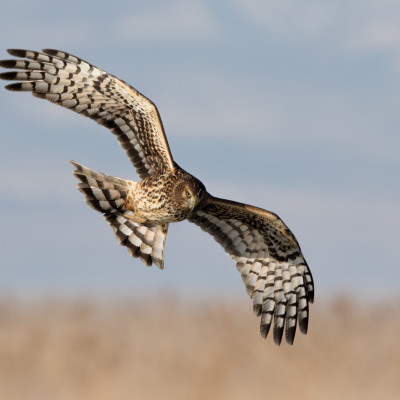
These images are astonishing! I’ve walked soles off my hiking boots looking for an ermine and I’ll keep trying. I guess I’ll have to hurry before the spring molt comes.
Are these taken at Farmington Bay?
Thanks Steve. I have only seen one this year and it hid from me before I got a shot. If you find one, move slow and try not to make much sound. They are pretty curious and if they don’t feel too threatened, they will usually approach you….often too close to get a shot!
Fantastic work Mark. I was right… you are “the real deal.”
Thanks Dirk.
??????